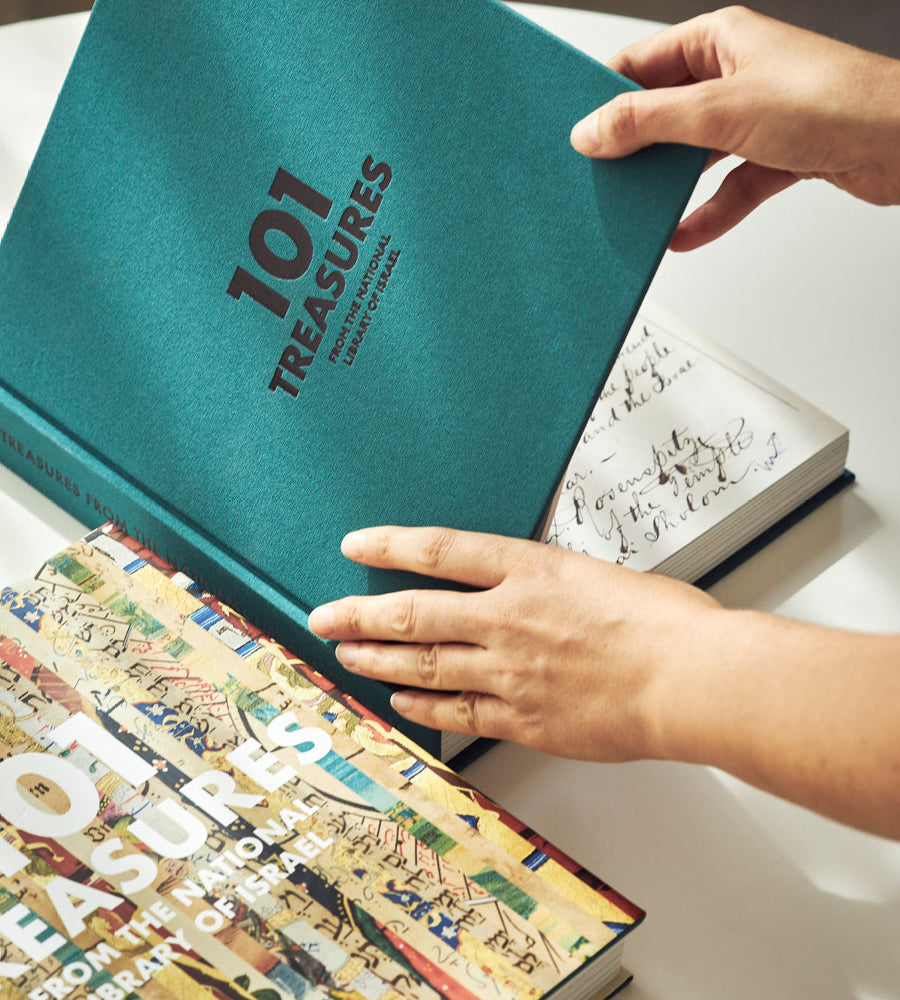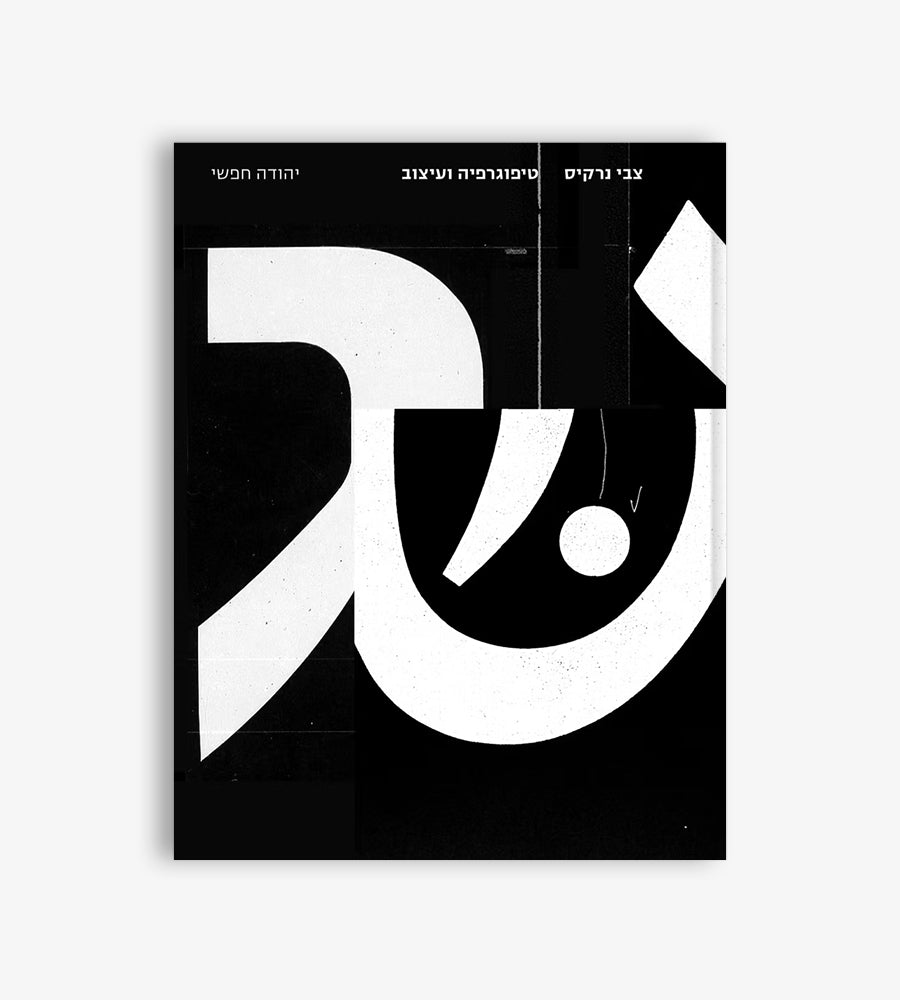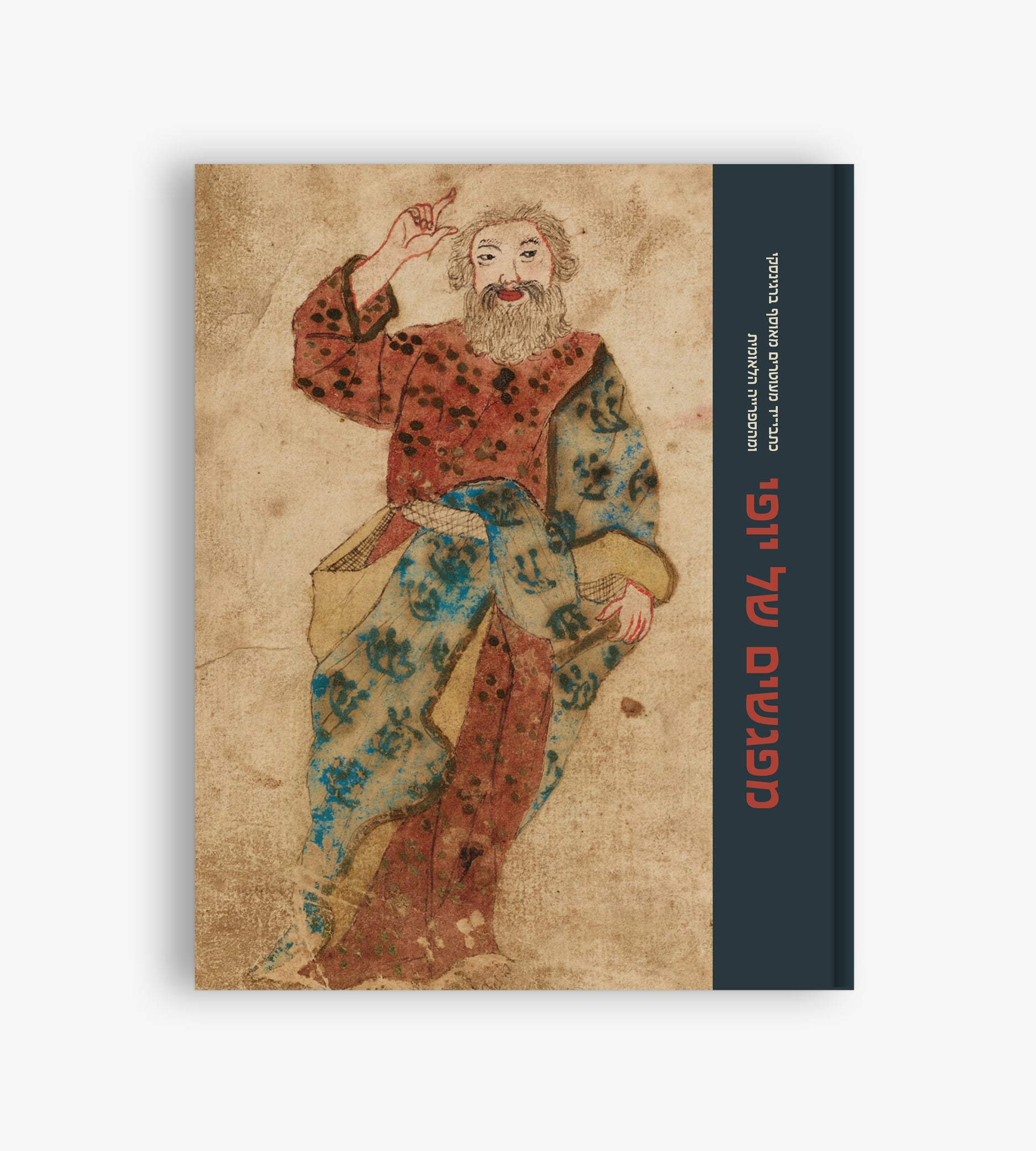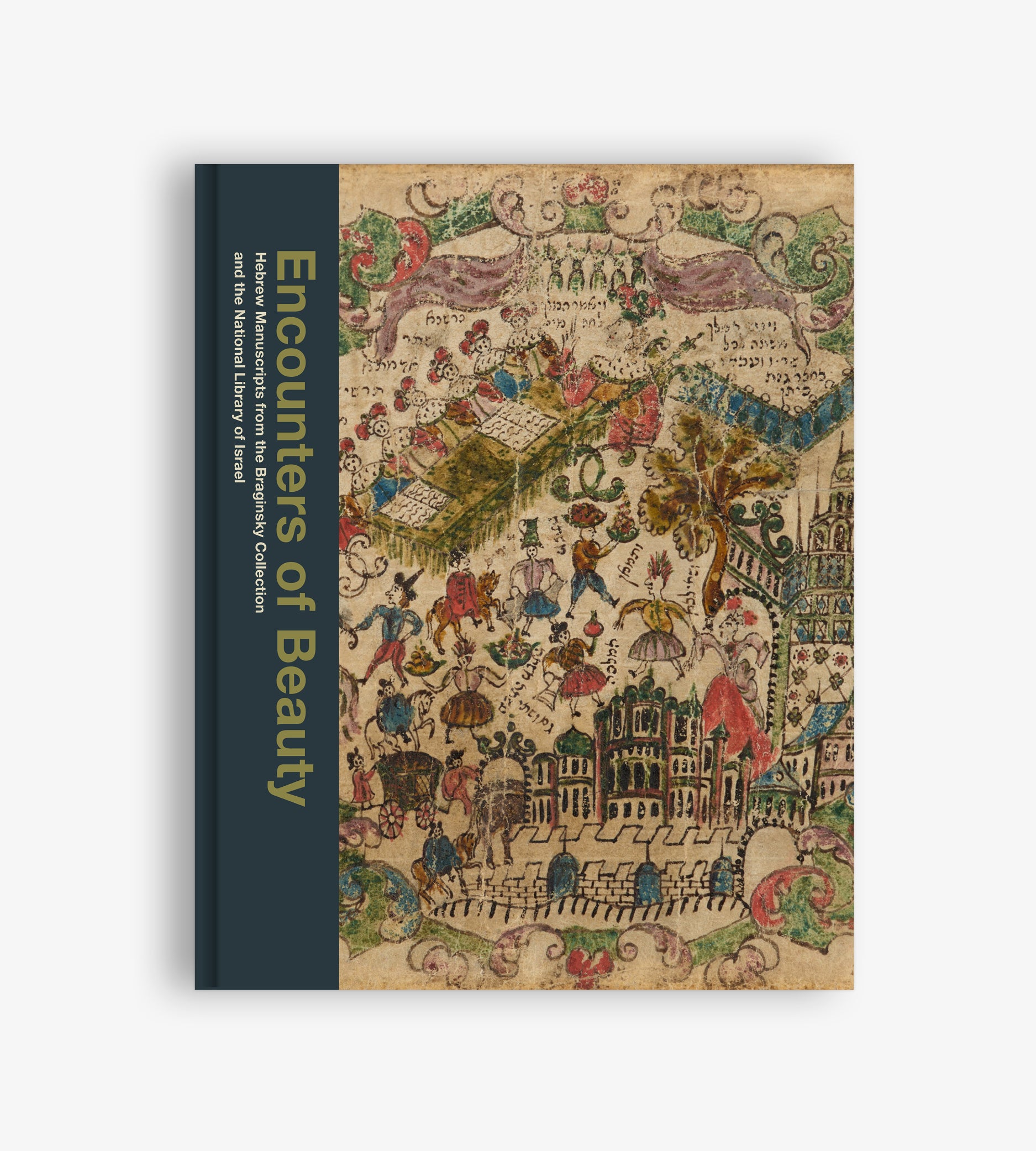Article: A Babylonian Demon Trap
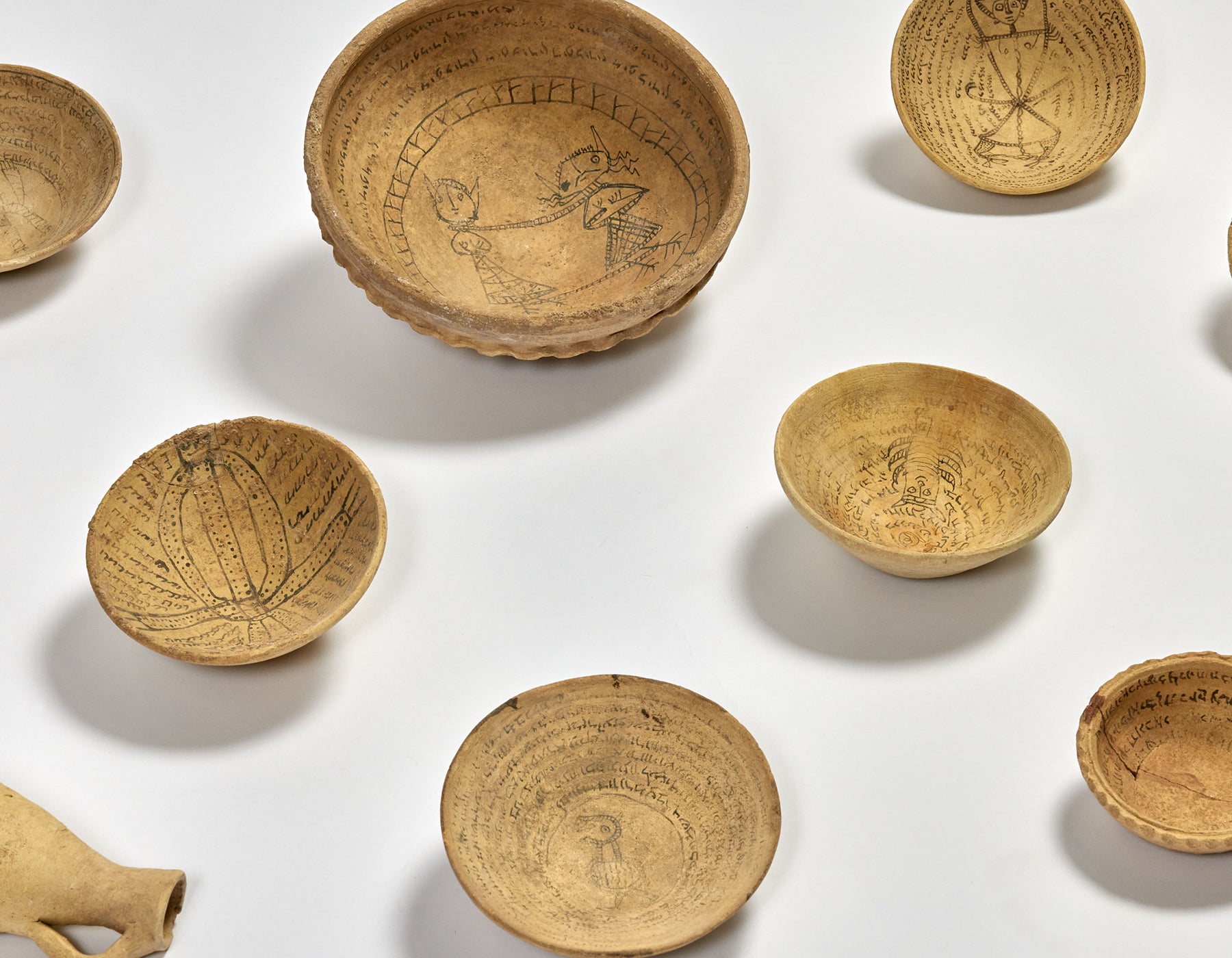
A Babylonian Demon Trap
Yoel Finkelman

Ancient Babylonia was swarming with demons. These demons, understandably, frightened the mortals living there, who busied themselves with the question of how best to protect themselves. Evidence of demonic mischief appears widely in the Babylonian Talmud and other contemporary sources, which recorded several methods of protection: whispered adjurations, hand signals, avoidance of certain eating patterns, or caution when visiting known demonic haunts. A paid professional exorcist could be hired for higher quality protection.
Another method — not mentioned in the Talmud but quite popular nonetheless — was to trap the demons. When building a home, the homeowner could commission a ceramic bowl that would be overturned and buried underneath the entrance to the house, thereby trapping the demon under the bowl.
These were not, however, regular ceramic bowls. They contained elaborate incantations, usually written in Aramaic using Hebrew characters, commanding the cosmic forces of good who dwelled in the upper world to protect the residents of the home from demons and their mischief. A simple, childlike drawing of a demon tied up by the arms and legs helped secure the trapped demon underneath the bowl.
The National Library has approximately 250 of these bowls, dating from the fifth to the eight centuries, and their Aramaic texts make up the only significant body of Hebrew characters known to have survived from the time and place of the Babylonian Talmud.



